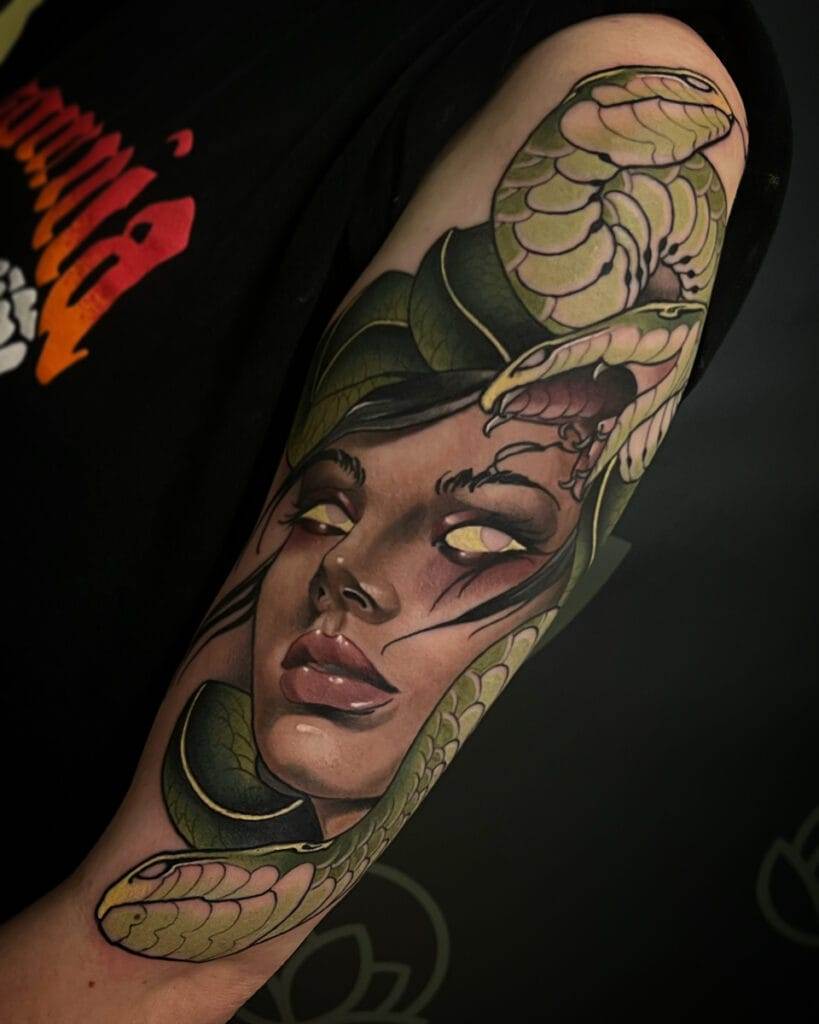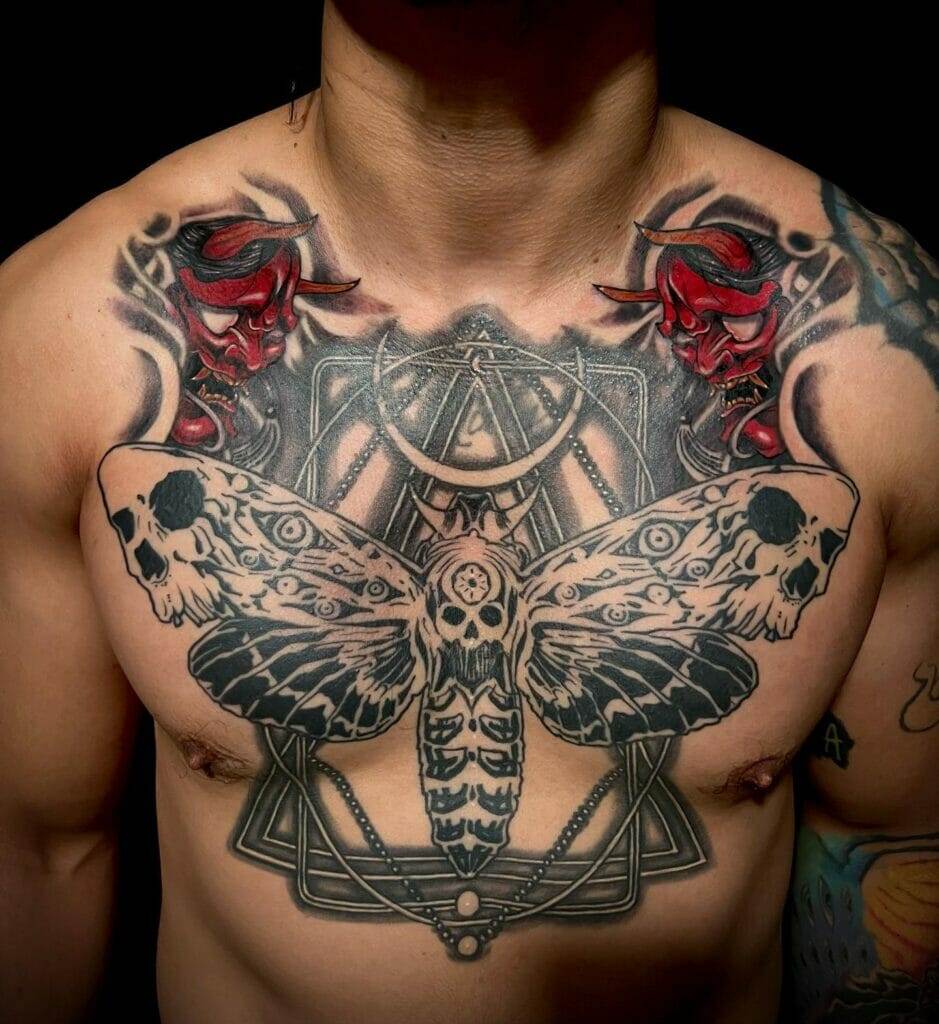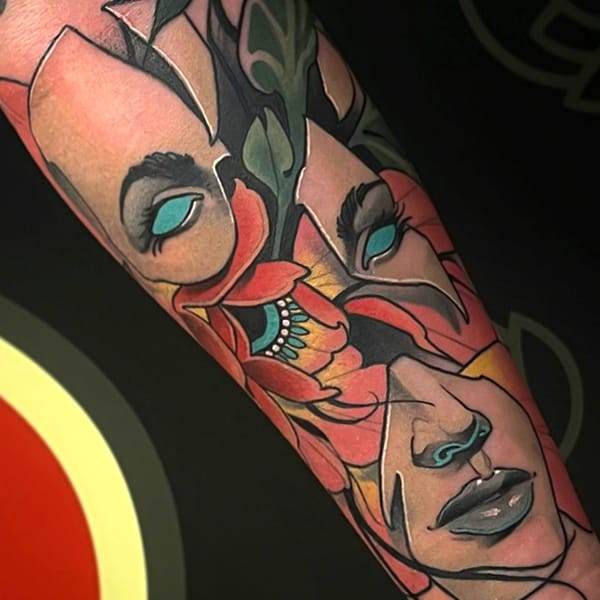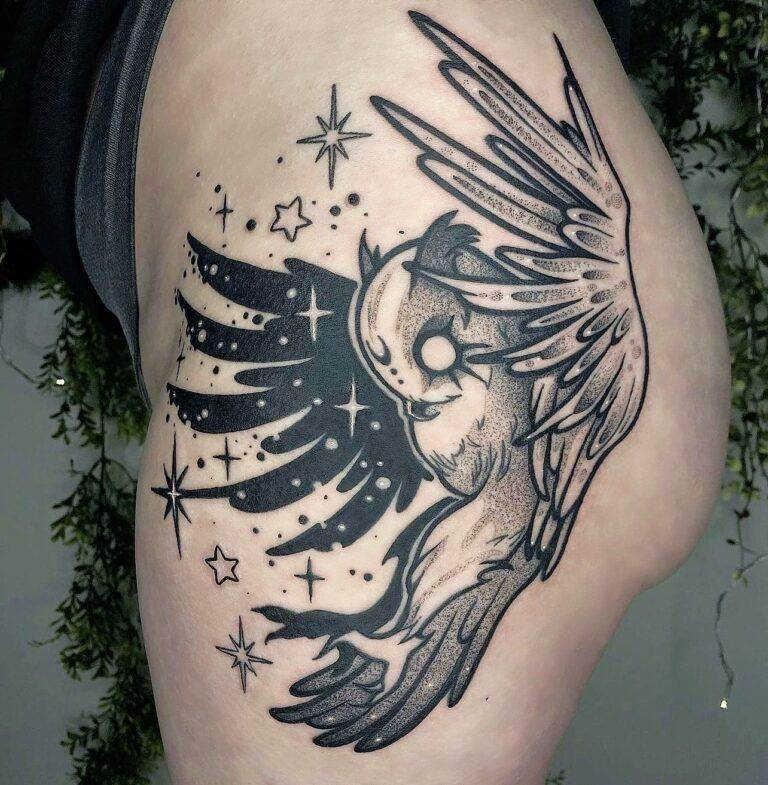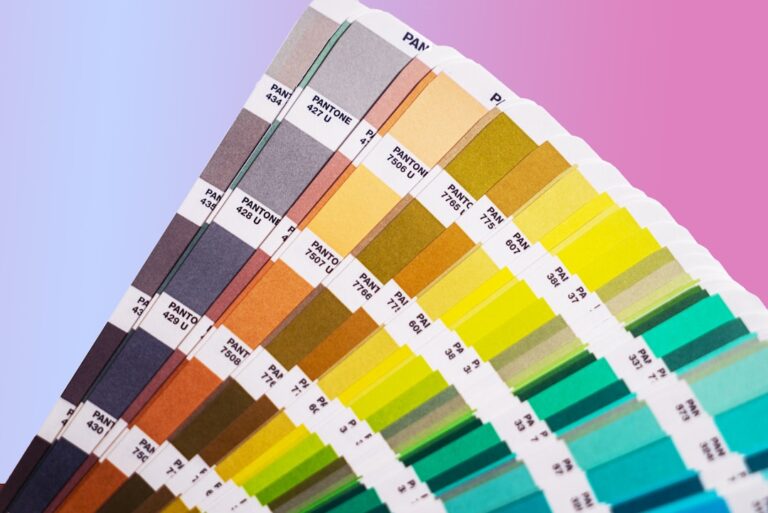Trippy tattoos, also known as psychedelic tattoos, are a celebration of the vibrant and mind-bending art style that emerged from the psychedelic movement of the 1960s. These tattoos often feature bold and colorful designs that are reminiscent of hallucinogenic experiences, with swirling patterns, abstract shapes, and surreal imagery. In this blog post, we will explore the history of psychedelic art and its influence on tattoo culture, the techniques used to create trippy tattoos, the significance of Memorial Park as a popular location for these tattoos, the meaning behind psychedelic symbols and imagery in tattoo art, the role of music in psychedelic tattoo culture, the importance of finding the right tattoo artist for trippy tattoos, the healing power of these tattoos, the future of trippy tattoos and psychedelic art, tips for caring for your trippy tattoo, and finally, how these tattoos serve as a symbol of self-expression and individuality.
Brief History of Psychedelic Art and its Influence on Tattoo Culture
Psychedelic art originated in the 1960s as a visual representation of the mind-altering experiences induced by hallucinogenic drugs such as LSD. Artists like Alex Grey, Robert Venosa, and Mati Klarwein were at the forefront of this movement, creating intricate and mind-bending artworks that captured the essence of these altered states of consciousness. The vibrant colors, intricate patterns, and surreal imagery became synonymous with the counterculture movement of the time.
This psychedelic art movement had a profound influence on tattoo culture. Tattoo artists began incorporating these bold and colorful designs into their work, creating a new style that was both visually striking and deeply meaningful. Trippy tattoos became a way for individuals to express their connection to the psychedelic experience and their desire to break free from societal norms. Today, this style continues to evolve and thrive in tattoo studios around the world.
The Beauty of Colorful and Vibrant Tattoos: A Look at the Techniques
Trippy tattoos are known for their vibrant colors and bold designs. Tattoo artists use a variety of techniques to achieve these eye-catching results. One popular technique is called “color packing,” where the artist uses a tattoo machine to saturate the skin with multiple layers of color, creating a rich and vibrant effect. Another technique is “blending,” where the artist uses different shades of the same color to create a smooth transition between colors, giving the tattoo a three-dimensional appearance.
Color and vibrancy are essential elements of trippy tattoos. These tattoos aim to capture the intense and vivid experiences of psychedelic trips, and the use of bright colors helps to convey this sense of heightened perception. The combination of bold colors, intricate patterns, and surreal imagery creates a visually stunning tattoo that demands attention.
The Significance of Memorial Park: A Perfect Location for Trippy Tattoos
Memorial Park is a popular location for getting trippy tattoos. Located in the heart of a bustling city, this park offers a serene and peaceful environment that is perfect for reflection and self-expression. The park’s natural beauty, with its lush greenery and tranquil atmosphere, provides an ideal backdrop for trippy tattoos.
Many people choose to get their trippy tattoos at Memorial Park because of its symbolic significance. The park is often associated with memories and remembrance, making it a fitting location for tattoos that hold personal meaning. Whether it’s a tribute to a loved one or a reminder of a transformative experience, getting a trippy tattoo at Memorial Park allows individuals to connect with their emotions and express themselves in a meaningful way.
Personal experiences of getting a tattoo at Memorial Park vary, but many people describe it as a deeply spiritual and transformative experience. The combination of the natural surroundings, the soothing sounds of nature, and the act of getting a tattoo creates a sense of connection and catharsis. For some, it’s a way to honor the past and embrace the future. For others, it’s a way to find solace and healing in the present moment.
The Meaning Behind Psychedelic Symbols and Imagery in Tattoo Art
Trippy tattoos often feature a variety of symbols and imagery that hold deep meaning for the individual getting the tattoo. These symbols can range from sacred geometry and mandalas to animals and mythical creatures. Each symbol carries its own significance and can represent different aspects of the individual’s journey or beliefs.
Sacred geometry is a common theme in trippy tattoos. It is believed to hold the key to understanding the universe and our place within it. Mandalas, which are intricate geometric patterns, are often used as a meditative tool and can symbolize unity, balance, and harmony. Animals, such as wolves or owls, are often chosen for their symbolic meanings. Wolves represent loyalty, intuition, and freedom, while owls symbolize wisdom, intuition, and mystery.
The imagery used in trippy tattoos is often surreal and dreamlike. It can include elements such as melting faces, floating eyes, or cosmic landscapes. These images are meant to capture the otherworldly nature of psychedelic experiences and evoke a sense of wonder and awe.
The Role of Music in Psychedelic Tattoo Culture
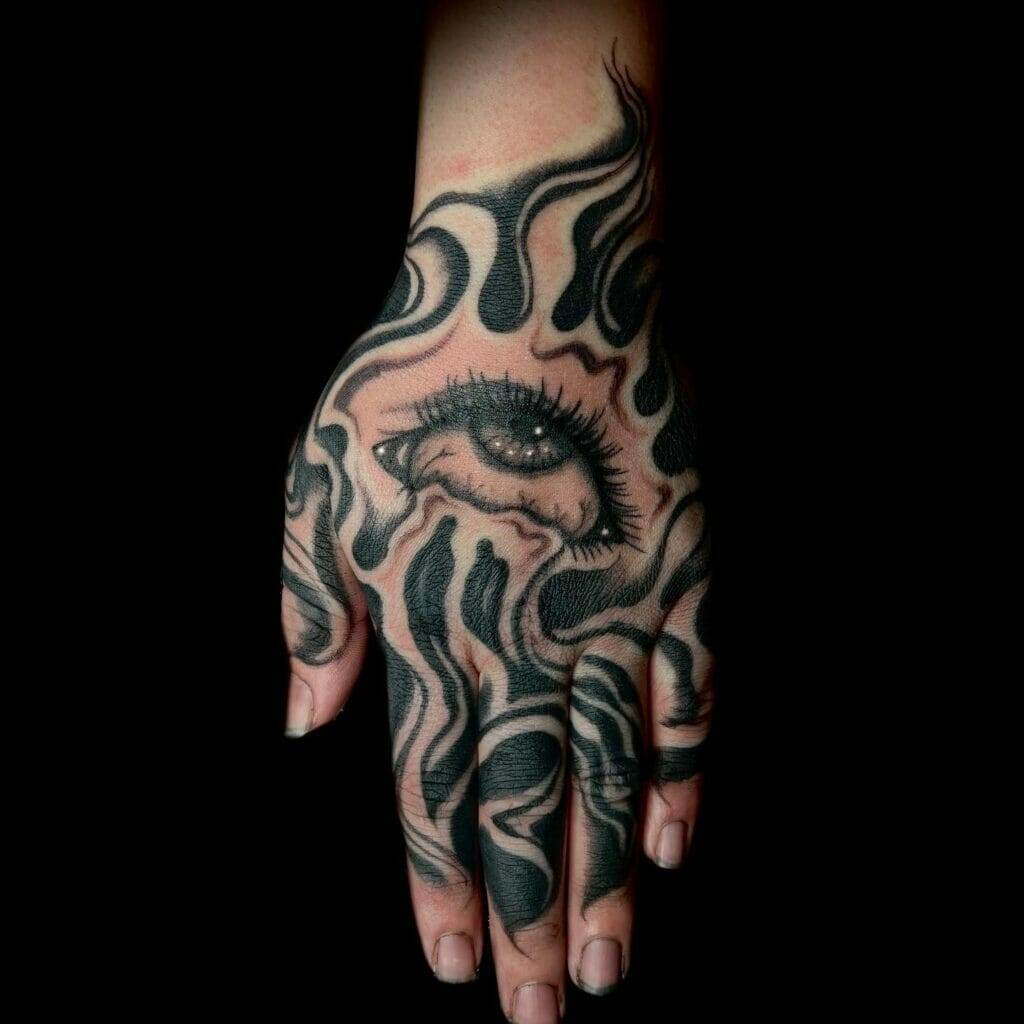
Music has always played a significant role in tattoo culture, and this is especially true for trippy tattoos. The connection between music and tattoos is deeply intertwined, with both serving as forms of self-expression and outlets for creativity.
Certain music genres have a particularly strong influence on trippy tattoos. Psychedelic rock, with its mind-expanding soundscapes and experimental nature, is often associated with this art style. Bands like Pink Floyd, The Doors, and Jefferson Airplane have inspired countless trippy tattoos with their iconic album covers and lyrical themes.
Personal experiences of getting a tattoo while listening to music can be transformative. The combination of the rhythmic buzzing of the tattoo machine and the immersive soundscape of the music creates a sensory experience that enhances the overall tattooing process. It can help individuals relax, focus their minds, and tap into their creative energy.
The Healing Power of Psychedelic Tattoos: A Personal Story
Trippy tattoos can have a profound healing effect on individuals. They can serve as a form of therapy, helping individuals process trauma, find closure, or simply provide comfort during difficult times.
One personal story that highlights the healing power of trippy tattoos involves a woman named Sarah. Sarah had experienced a traumatic event in her past that left her feeling disconnected from herself and others. She decided to get a trippy tattoo as a way to reclaim her body and express her journey of healing.
The process of getting the tattoo was cathartic for Sarah. As the artist worked on her tattoo, she felt a sense of release and empowerment. The vibrant colors and intricate patterns served as a visual representation of her inner transformation. Every time she looked at her tattoo, she was reminded of her strength and resilience.
Sarah’s story is just one example of how trippy tattoos can be therapeutic. They can provide a sense of empowerment, serve as a reminder of personal growth, and help individuals find solace and healing in their own bodies.
The Future of Trippy Tattoos and Psychedelic Art
Trippy tattoos and psychedelic art continue to evolve and thrive in the tattoo industry. As society becomes more accepting of alternative art forms, we can expect to see even more innovative and boundary-pushing designs in the future.
One trend that is emerging in trippy tattoos is the use of augmented reality (AR) technology. This allows individuals to bring their tattoos to life by scanning them with a smartphone or tablet. The tattoo then becomes an interactive experience, with animated elements and sound effects enhancing the visual impact.
Another trend is the fusion of different art styles. Artists are experimenting with combining elements of realism, surrealism, and psychedelia to create unique and visually stunning tattoos. This blending of styles allows for even more creative expression and pushes the boundaries of what is possible in tattoo art.
Emerging artists are also making their mark in the world of trippy tattoos. These artists bring fresh perspectives and innovative techniques to the table, pushing the boundaries of what is considered traditional psychedelic art. Their work often incorporates elements of street art, digital art, and pop culture, creating a unique fusion that reflects the ever-changing nature of contemporary society.
Tips for Caring for Your Trippy Tattoo: Maintenance and Aftercare
Caring for your trippy tattoo is essential to ensure its longevity and vibrancy. Aftercare is crucial in the healing process and can help prevent infection and fading.
Some tips for maintaining a trippy tattoo include keeping it clean and moisturized, avoiding direct sunlight and excessive sweating, and avoiding submerging the tattoo in water for extended periods. It’s also important to follow any specific aftercare instructions provided by your tattoo artist.
There are many aftercare products available that can help protect and nourish your trippy tattoo. These include tattoo-specific moisturizers, sunscreens, and antibacterial ointments. It’s important to choose products that are specifically formulated for tattoos to avoid any potential adverse reactions.
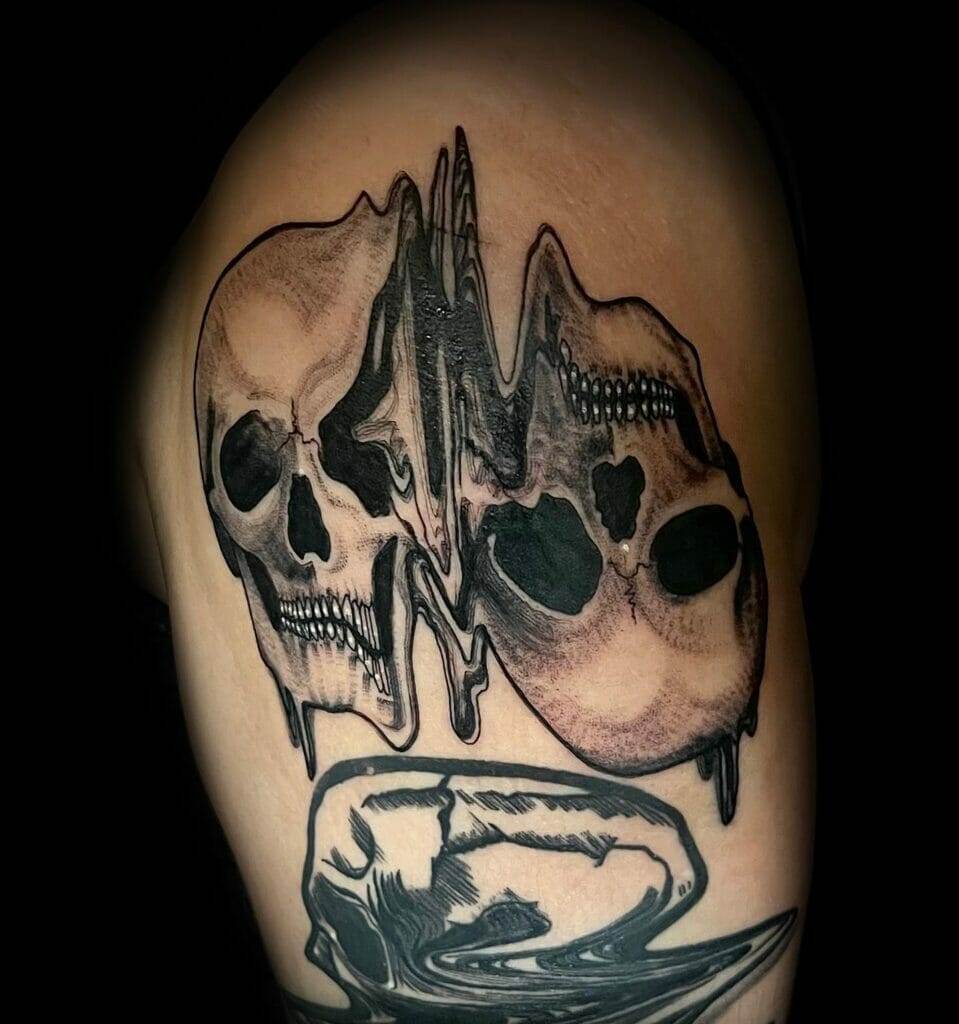
Trippy Tattoos as a Symbol of Self-Expression and Individuality
Trippy tattoos are a celebration of psychedelic art and the counterculture movement that emerged in the 1960s. They are a visual representation of the mind-altering experiences induced by hallucinogenic drugs and serve as a form of self-expression and individuality.
These tattoos are characterized by their vibrant colors, intricate patterns, and surreal imagery. They often incorporate symbols and imagery that hold deep personal meaning for the individual getting the tattoo. Trippy tattoos can be therapeutic, serving as a form of healing and empowerment.
As society becomes more accepting of alternative art forms, we can expect to see even more innovative and boundary-pushing designs in the future. Emerging artists are bringing fresh perspectives and techniques to the world of trippy tattoos, pushing the boundaries of what is considered traditional psychedelic art.
In conclusion, trippy tattoos are a unique and visually stunning form of self-expression. They capture the essence of psychedelic experiences and serve as a reminder of personal growth, healing, and empowerment. Whether you’re drawn to the vibrant colors, intricate patterns, or surreal imagery, trippy tattoos offer a way to connect with your emotions, express yourself creatively, and celebrate your individuality.

